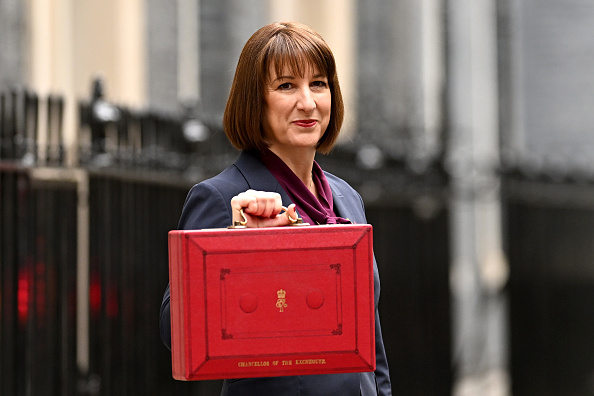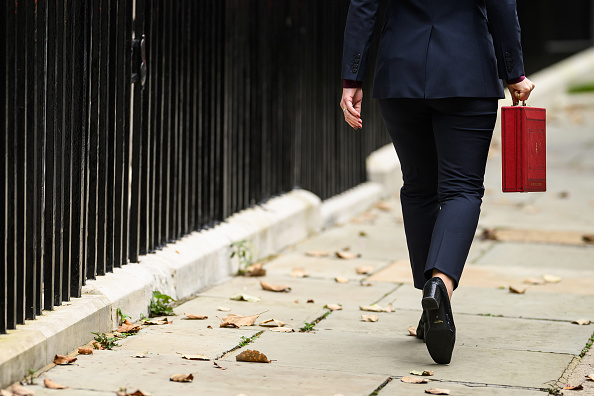Shoppers trust retailers more if they can see modern, in-store technology being used in store, claims research by payments processor Worldpay in collaboration with digital anthropologist Nik Pollinger.
According to the research, three quarters (75 per cent) say alarm bells start to ring when a store seems behind the times from a technology point of view.
Londoners and the under-35s were the most judgemental. Eighty per cent of respondents in these groups are more likely to trust retailers that use up-to-date in-store technology than those that do not.
When pushed to qualify their answers, respondents think retailers that had invested in up to date technology came across as more professional, and committed to improving the overall experience for their customers.
Among the 2,000 consumers surveyed, only 7 per cent say they had concerns that technology could get in the way of delivering the type of experience they were looking for in-store.
Digital anthropologist, Nik Pollinger, believes technology has become such a pervasive influence on our daily lives that judgement on whether a business is professional, reputable and reliable is increasingly driven by their use of modern technology.
Pollinger says, ‘It’s now relatively simple and inexpensive for any shop to deploy technologies that make life easier for digitally driven shoppers.
‘So if a shop seems unwilling to make that investment, it can trigger a lack of confidence. Where else are they cutting corners? Why aren’t they giving customers what they want?’
Handwritten receipts, cash only payments and the lack of a website were among the main ‘technology triggers’ which led consumers to think twice about whether or not to part with their money.
Forty-one per cent of consumers trusted retailers that made it easy to pay by card as well as cash, while 39 per cent say they trusted retailers who offered digital receipts to make returns easier.
Businesses that refuse to take card payments provoked a particularly strong reaction amongst respondents. One in five under-35s say they’d be concerned about the quality of products in stores that only took cash and a further 22 per cent have abandoned purchases when their preferred payment option is not available.
Pollinger thinks that modern shoppers equate in-store technology with the type of convenience they have become used to with e-commerce and that’s especially true when it comes to payments.
He adds, ‘We’ve seen these feelings emerge strongly among Gen Z consumers, many of whom have grown up with the convenience of smart-phone shopping. But the reality is that our attachment to technology as a way to make our lives easier, is far more universal. It’s no coincidence that 40 per cent of over 55s say they actively seek out shops that accept cards.’
Dave Hobday, UK managing director, Worldpay, thinks that consumer expectations have been transformed by in-store technology and that a lot of customers research their products online before coming in to purchase.
Hobday concludes, ‘Businesses that fail to offer that level of service are increasingly viewed with suspicion.
’80 per cent of consumers think retailers could be making better use of technology to improve the in store experience, so it’s reassuring that similar proportions of high street businesses see technology as holding the key to their future survival.’





